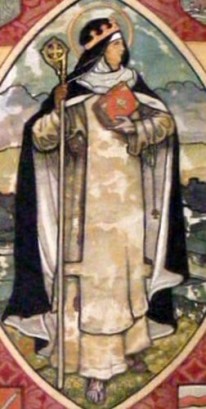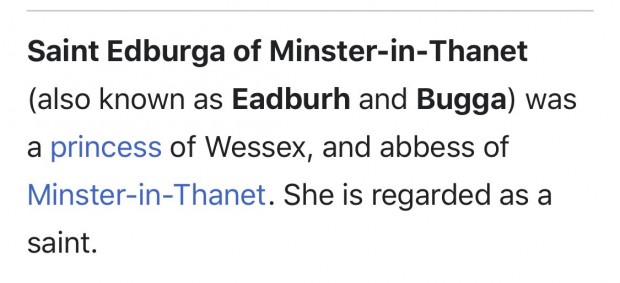- Sunshine!!
- Quote - Conversation Among the Machines the Simple Man and the Commercial Idealist; 14 July 1932
- Quote - "People in this country are disillusioned by a two-party system that thrives on despair."
- Quote - "We will love her while the light lasts, and when darkness comes, we will not forget her.”
- Quote - "disappointment ..."
- Quote - "We get so tangled up in knots, we humans, trying to think everything through, trying to guess at outcomes ..."
- Quote - "Well, I still hate novels..."
- Quote - "Everything can be divided into decades"
- Quote-"You know the worst thing about this government? the war on woke. Woke means caring for people & can only be a good thing"
- Quote - "The pleasure of what we enjoy is lost by wanting more"’
Pleiades: Japanese Festival of lanthorns, celebrated about November
November 1 marked as All Saints' Day, and in the pre-Reformation calendars the last day of October was marked All Hallow Eve, and the 2nd of November as All Souls'; indicating clearly a three days' festival of the dead, commencing in the evening, and originally regulated by the Pleiades—an emphatic testimony how much astronomy has been mixed up with the rites and customs even of the English of[Pg 125] to-day. In former days the relics were more numerous, in the Hallowe'en torches of the Irish, the bonfires of the Scotch, the coel-coeth fires of the Welsh, and the tindle fires of Cornwall, all lighted on Hallowe'en. In France it still lingers more than here, for to this very day the Parisians at this festival repair to the cemeteries, and lunch at the graves of their ancestors.
If the extreme antiquity of a rite can be gathered from the remoteness of the races that still perform it, the fact related to us by Prescott in his History of the Conquest of Mexico cannot fail to have great interest. There we find that the great festival of the Mexican cycle was held in November, at the time of the midnight culmination of the Pleiades. It began at sunset, and at midnight as that constellation approached the zenith, a human victim, was offered up, to avert the dread calamity which they believed impended over the human race. They had a tradition that the world had been previously destroyed at this time, and they were filled with gloom and dismay, and were not at rest until the Pleiades were seen to culminate, and a new cycle had begun; this great cycle, however, was only accomplished in fifty-two years.
It is possible that the festival of lanthorns among the Japanese, which is celebrated about November, may be also connected with this same day, as it is certain that that nation does reckon days by the Pleiades.
These instances of a similar festival at approximately the[Pg 126] same period of the year, and regulated (until fixed to a particular day in a solar calendar) by the midnight culmination of the Pleiades, show conclusively how great an influence that constellation has had on the manners and customs of the world, and throw some light on the history of man.
Even where we find no festival connected with the particular position of the Pleiades which is the basis of the above, they still are used for the regulation of the seasons—as amongst the Dyaks of Borneo. This race of men are guided in their farming operations by this constellation. "When it is low in the east at early morning, before sunrise, the elders know it is time to cut down the jungle; when it approaches mid-heaven, then it is time to burn what they have cut down; when it is declining towards the west, then they plant; and when in the early evening it is seen thus declining, then they may reap in safety and in peace;" the latter period is also that of their feast of Nycapian, or first-fruits.
We find the same regulations amongst the ancient Greeks in the days of Hesiod, who tells us that the corn is to be cut when the Pleiades rise, and ploughing is to be done when they set. Also that they are invisible for forty days, and reappear again at harvest. When the Pleiades rise, the care of the vine must cease; and when, fleeing from Orion, they are lost in the waves, sailing commences to be dangerous. The name, indeed, by which we now know these stars is supposed to be derived from the word πλεῖν, to sail—because sailing was safe after[Pg 127] they had risen; though others derive it from πέλειαι, a flight of doves.
- Musings...
- Login or register to post comments
- Permalink




